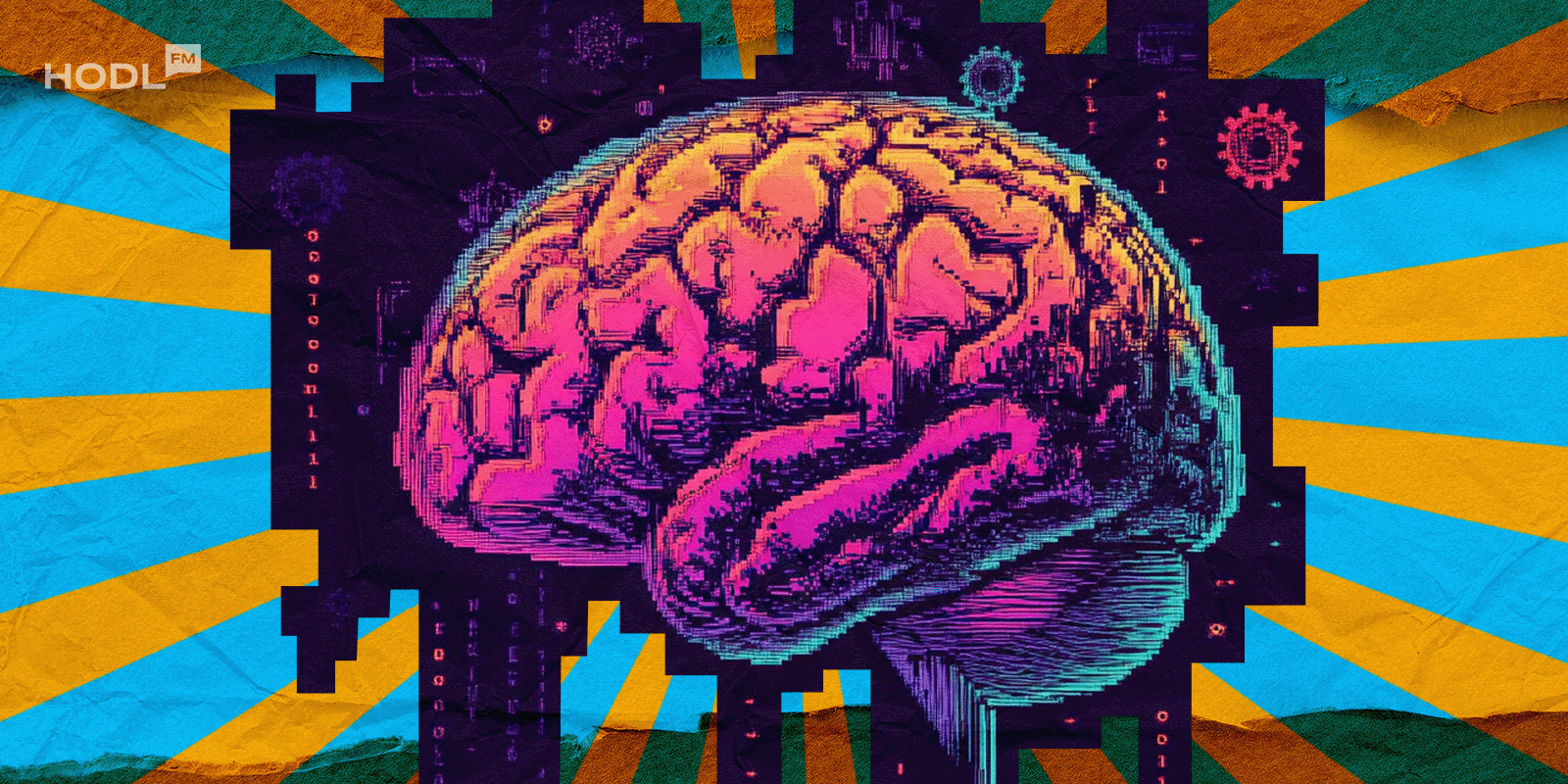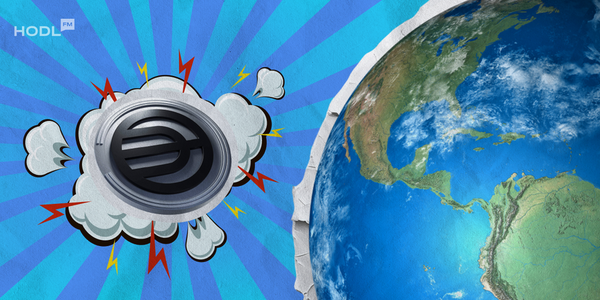Bitcoin miner CleanSpark is redefining what it means to be a mining company. After years of focusing exclusively on Bitcoin production, the Nevada-based firm is now channeling its mining profits into artificial intelligence (AI) infrastructure, positioning itself at the intersection of crypto and next-generation computing.
CleanSpark outlines its dual-track model
During an appearance on CNBC on October 28, CEO Matt Schultz described the company’s evolution into a dual-track model that integrates Bitcoin mining alongside AI compute services. Schultz highlighted that the shift represents an evolution in crypto, shaped by market realities.
“The most significant constraint they face is access to land and power,” Schultz told CNBC, referring to cloud and tech providers that are pouring nearly 60% of their free cash flow into building AI infrastructure. He stressed that while the AI industry faces GPU shortages and massive data center costs, miners like CleanSpark already possess the critical ingredients: available land, electricity, and expertise in rapid infrastructure deployment.
CleanSpark currently operates 1.03 gigawatts (GW) of energized facilities and has another 1.7 GW of capacity in development. Schultz said that Bitcoin miners can build new facilities in as little as six months, whereas a typical AI data center can take three to six years to come online. This agility recently helped CleanSpark beat Microsoft in securing 100 MW of capacity in Cheyenne, Wyoming, according to Schultz.
The company plans to use its Bitcoin mining operations as a flexible bridge, monetizing megawatts immediately through crypto operations while gradually converting them into high-performance computing facilities for AI when conditions align.
A new kind of energy flexibility
Schultz also highlighted a unique advantage: the ability of Bitcoin mining operations to act as an “interruptible load” that can respond to utility grid demands.
“Adding just 100 hours per year of flexibility to the grid could solve the vast majority of rolling brownouts and rolling blackouts that utilities face,” he said.
He pointed to Hurricane Helene as a case study. When the storm damaged a substation in Washington, Georgia, CleanSpark’s mining facility curtailed operations and helped restore electricity to a local hospital within an hour, an example of how Bitcoin miners can support grid stability in emergencies.
This flexible power profile positions miners to complement high-demand AI data centers, which require near-constant uptime. As Schultz explained, Bitcoin mining can offer grid flexibility, while AI data centers deliver steady long-term returns, creating a balanced infrastructure model.
Funding growth without dilution
Financially, CleanSpark’s transition is being funded from within. The company holds over 13,000 Bitcoin, worth roughly $1.5 billion, mined at gross margins exceeding 54%. This reserve supports a revolving credit line, providing capital for infrastructure and acquisitions without resorting to equity dilution.
According to Schultz, efficiency gains have been dramatic: the firm now mines twice as much Bitcoin for the same power compared to two years ago, operating with 98% uptime and maintaining over 50% gross margins. “This blend is considered the most appealing path for maximizing cash flows and profitability for shareholders,” Schultz told CNBC.
October operations reveal blueprint for expansion
The company’s November 4 operational report confirmed how its Bitcoin operations are directly financing new AI investments. CleanSpark produced 612 BTC in October, bringing its 2025 total to 6,537 coins using a fleet of over 240,000 miners and achieving a hashrate of 50 exahashes per second. In the same month, it sold 589 BTC for more than $64 million, funds that are now being used to acquire 271 acres of land and 285 megawatts of power near Houston, Texas, for an AI-focused data center.
“These milestones show that we’re not just talking about growth, we’re executing it,” Schultz said. “While Bitcoin remains an integral part of our business, we’re equally focused on developing large-scale data centers that will power the next generation of innovation across the digital world.”
The company’s CFO Gary Vecchiarelli confirmed that the asset sales provided crucial non-dilutive capital for the new expansion phase.
The broader industry pivots toward AI
CleanSpark isn’t alone in its strategic makeover. IREN, formerly Iris Energy, rebranded earlier in 2025 as an AI-first infrastructure company, signing a $9.7 billion capacity deal with Microsoft and a $5.8 billion GPU partnership with Dell, which helped drive a 580% stock surge this year. Peers like Riot Platforms, Cipher Mining, and TeraWulf have also followed suit, integrating high-performance computing into their operations.
Together, these changes signal a dramatic evolution in the Bitcoin mining industry. CleanSpark is turning its mining legacy into a key advantage for the next computing revolution.

Disclaimer: All materials on this site are for informational purposes only. None of the material should be interpreted as investment advice. Please note that despite the nature of much of the material created and hosted on this website, HODL FM is not a financial reference resource, and the opinions of authors and other contributors are their own and should not be taken as financial advice. If you require advice. HODL FM strongly recommends contacting a qualified industry professional.





